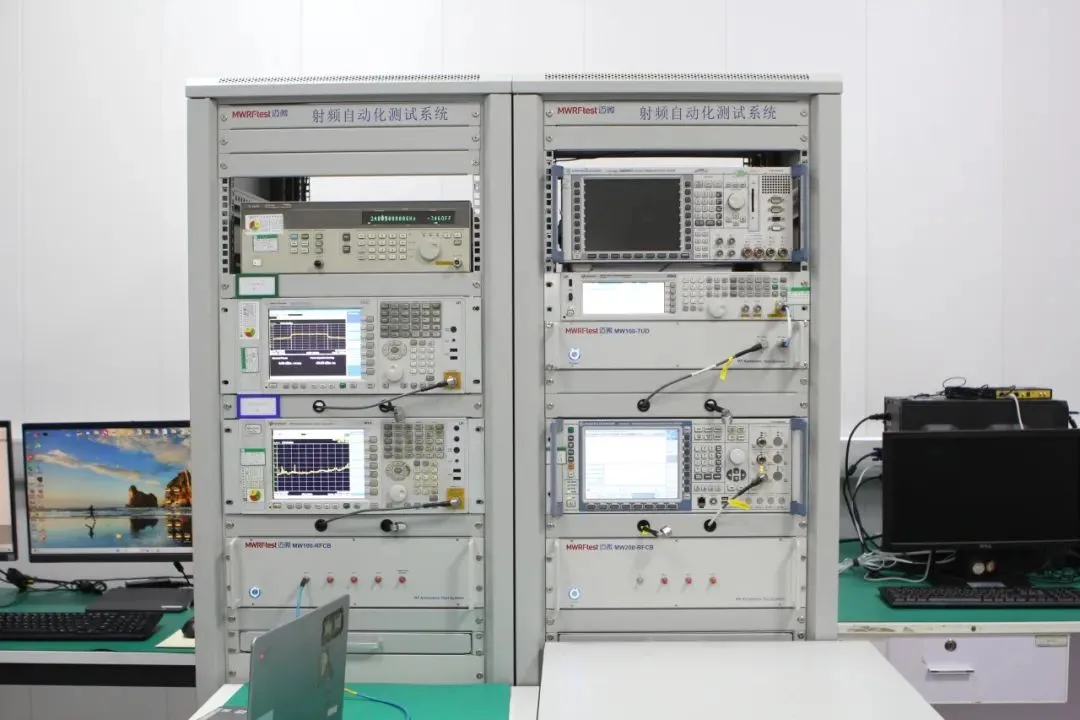
How to get the SOR/2023-101 Test Report?
To ensure that your horizontal and seated strollers successfULly enter the Canadian market, it is essential to comply with the latest regulatory requirements. Below is a compliance guide based on the Canada Consumer Product Safety Act (CCPSA) and relevant regulations to help you understand and prepare the necessary documentation.

Understand Applicable Regulations
Canada has strict safety regulations for stroller products, primarily involving the following:
- SOR/2023-101: Replaces the previous SOR/2016-167; covers mechanical performance, warning labels, language requirements, and more.
- SOR/2018-83: Limits total lead content, ensuring that products do not exceed the permissible lead levels.
- SOR/2014-79: Prohibits the use of harmful substances such as Tris(2-chloroethyl) phosphate (TCEP) in products.
- SOR/2016-193: Regulates the use of surface coating materials, limiting the content of hazardous heavy metals.
Prepare RequiRED Compliance Documentation
To meet the requirements of Canadian regulatory authorities, the following materials must be provided:
- Company Information
- Product List
- Product Images
- Proof of Compliance
- Product Documentation
- Test Reports, including:
- Test reports issued by an ISO/IEC 17025-accredited laboratory (e.g., JJR Laboratory in China), confirming that each product has been tested and complies with the applicable regulations.
- All manuals and instructions must comply with Section 14(3) of SOR/2023-101.
- Product images or test reports that demonstrate compliance with the marking requirements outlined in Section 14(1) and Section 15 of SOR/2023-101.
- Product images or test reports that meet the warning and hazard labeling requirements per Section 14(2) of SOR/2023-101.
- High-resolution images of each product and its packaging, showing all sides for review.
- A complete list of all horizontal and seated strollers you offer.
- Company name (if applicable) and your seller/supplier ID.
- Contact information, including email address and phone number.
Compliance Recommendations and Support Services
To ensure your products meet Canadian regulatory requirements, we recommend the following:
- Choose a qualified testing laboratory: Work with a lab accredited under ISO/IEC 17025 (e.g., JJR) for necessary product testing.
- Update product documentation: Make sure all manuals, labels, and warning messages comply with the latest language and formatting requirements.
- Regularly review regulatory updates: Stay informed of changes in Canadian regulations and promptly adjust your product design and documentation.
If you require further compliance consultation or testing services, feel free to contact our professional team. We are committed to providing comprehensive support to help your products enter the Canadian market successfully.
Email:hello@jjrlab.com
Write your message here and send it to us
 Energy Storage Battery Brazil Inmetro Certificatio
Energy Storage Battery Brazil Inmetro Certificatio
 Southeast Asia Compliance Requirements for EV Char
Southeast Asia Compliance Requirements for EV Char
 Brazil ANATEL & INMETRO Certification Guide
Brazil ANATEL & INMETRO Certification Guide
 Automotive-Grade Active Crystal AEC-Q200 Certifica
Automotive-Grade Active Crystal AEC-Q200 Certifica
 How to Comply with EU GPSR
How to Comply with EU GPSR
 U.S Cosmetics Require FDA Registration for Customs
U.S Cosmetics Require FDA Registration for Customs
 Interpretation of IEC/EN/AS 62477-1:2022 Standard
Interpretation of IEC/EN/AS 62477-1:2022 Standard
 What is Amazon TIC and How Can Sellers Achieve Com
What is Amazon TIC and How Can Sellers Achieve Com
Leave us a message
24-hour online customer service at any time to respond, so that you worry!




